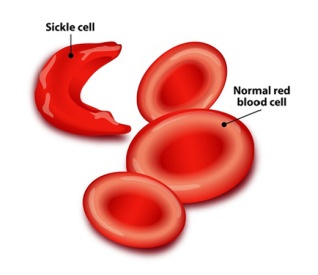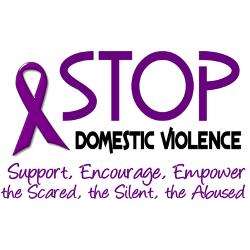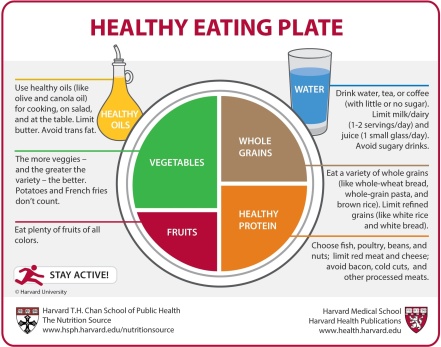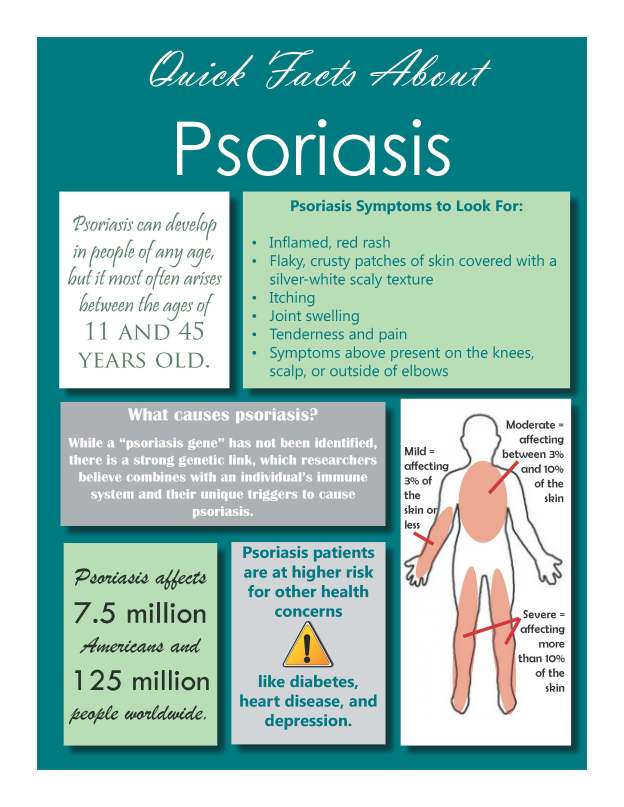October is National Bullying Prevention Month and today we are bringing you 5 ways you can help someone who is being bullied from Pacer’s National Bullying Prevention Center.
Listen and show support. Can you think of the time when you were alone and had no one to support you? How did you feel? Now think of a time when you did have someone support you? How did that make you feel?
Consider how simple it is to tell someone you care. Your support can be very meaningful! If someone is experiencing bullying, show them that you’re listening by allowing them to talk about their experiences. Help them come up with ways to talk to their parents and what to do it that doesn’t help. It’s okay if you can’t help fix the problem, you can focus on being supportive.
Tell an adult. Let your teachers or parents know about bullying so they can help. Bullying not only includes physical fights, but words too, both online and in person. Sometimes, the first person you tell may not be able to help you, but don’t give up! Keep telling someone until you get help. Adults do care about what happens to you and your peers.
Ask other to join together against bullying. Together with others, you can make a difference. You and your peers can team up and start a bullying prevention program or hold an event to raise awareness. Check out Pacer’s National Bullying Prevention Center website for ideas.
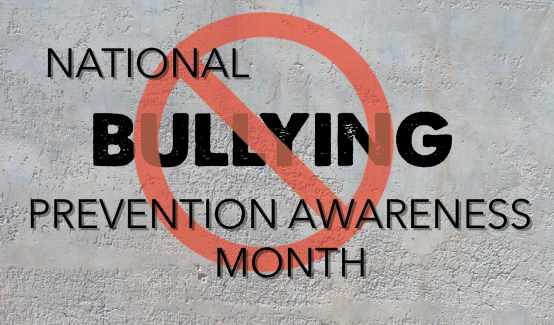
Help them get away from the situation. If you see someone being bullied, instead of turning your back, help the student to turn her back to the bullying by walking to class with her. You can also tell her she doesn’t deserve what’s happening and that she has the right to be safe.
Request a governor’s proclamation. It’s easier for someone to be bullied when no one sticks up for him or her. Kids who are bullied often feel like no one cares. You can show them that they are not alone! Be a friend and invite them to hang out with you. Have lunch together, play together, or walk to class together.
If you see cyberbullying, write someone nice on the student’s wall or let the person bullying know it’s not cool to make fun of people online. You can anonymously report cyberbullying and many service providers will take steps to address the issue.
Have you ever been bullied or helped someone who has been bullied? Tell us about your experience in the comments!
Resources:
Hold your own event
Tips to stop cyberbullying
Prevent Bullying
Sources:
